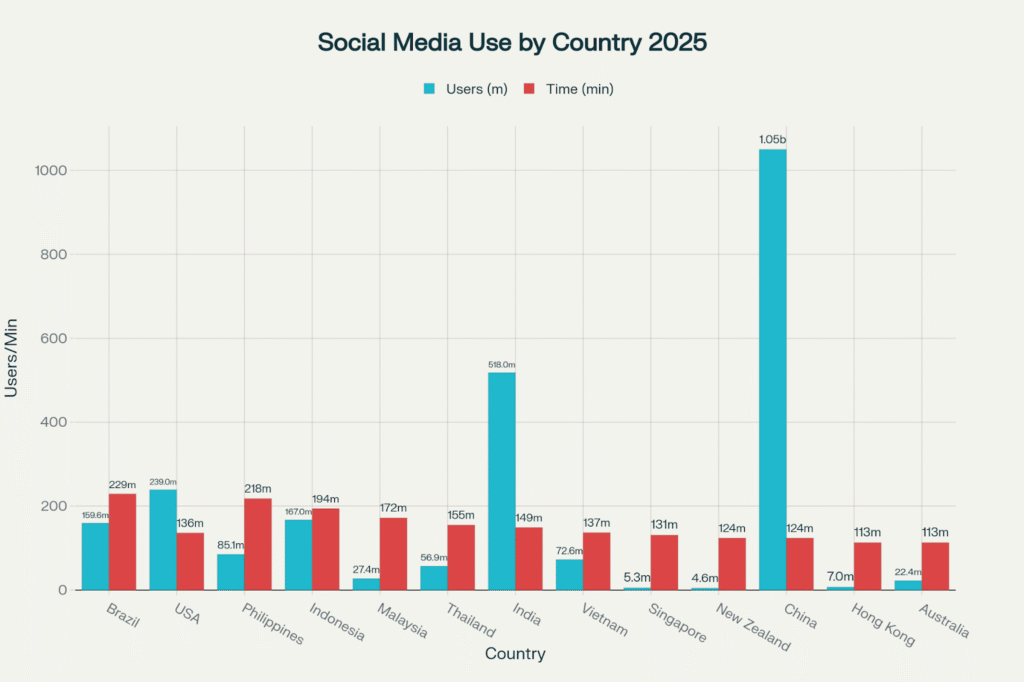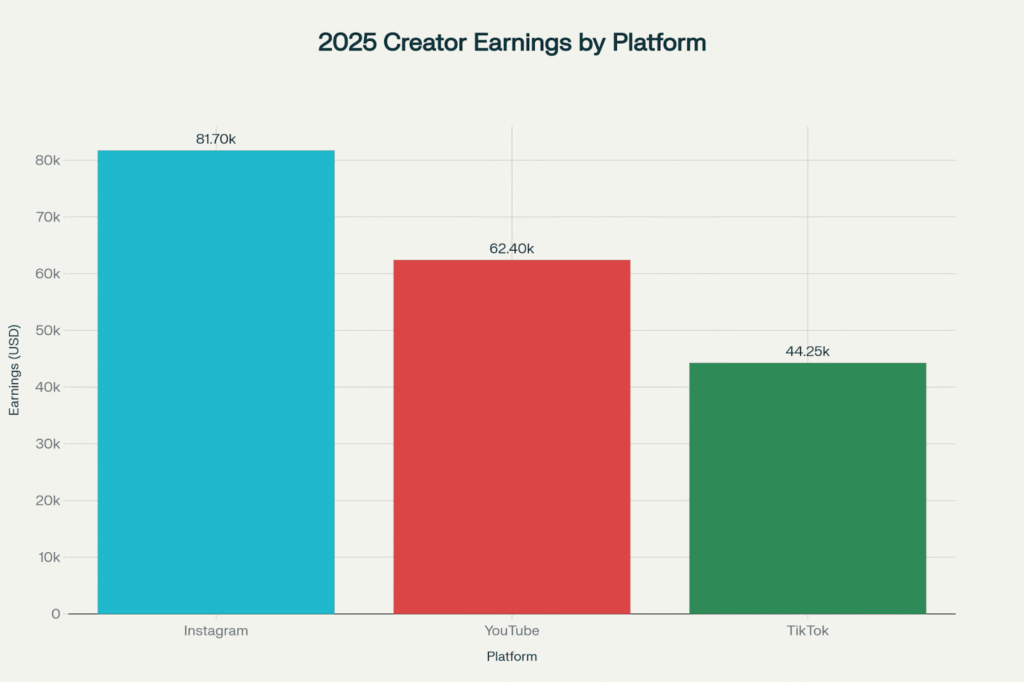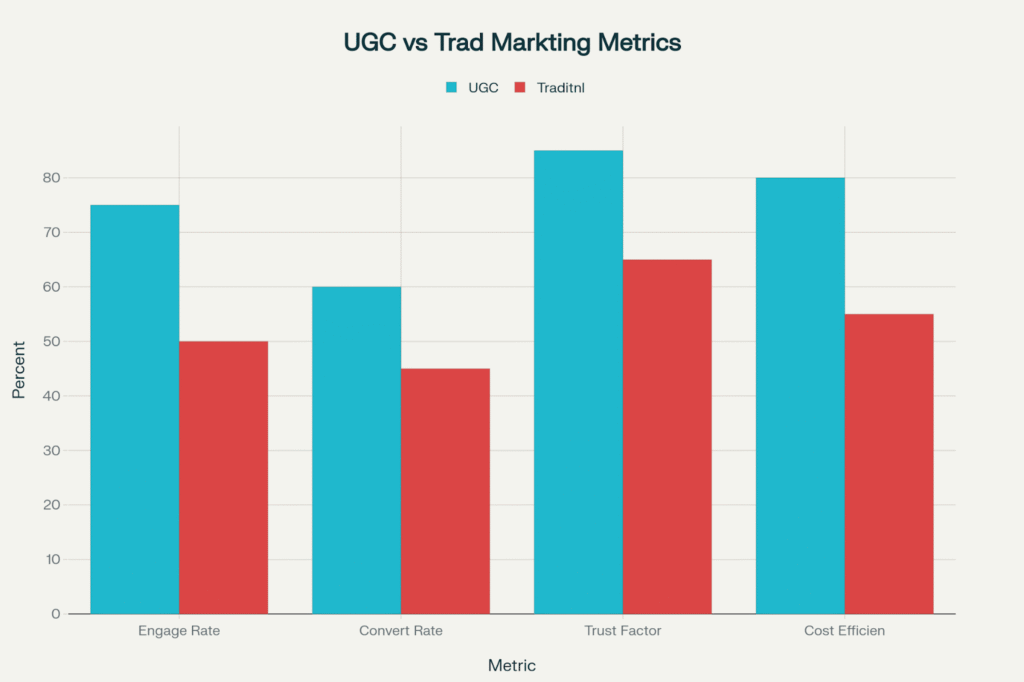Social media marketing has become the engine driving brand awareness, customer engagement, and sales growth in today’s digital world. Whether you’re a small business owner, aspiring creator, or marketing professional, understanding why social media matters can transform your strategy. I will explain why social media is important, explore how it affects our lives, and show which platforms pay creators most. Along the way, you’ll learn about Influencer marketing, Nano‑influencers, Micro‑influencers, User‑generated content (UGC), and Social media ROI. Let’s dive in.

Read more : What Is Marketing Automation?
Why Is Social Media Important?
1. Massive Reach and Engagement
Social media isn’t just a trend—it’s huge. In 2025, over 5.42 billion people will use social media globally, each using nearly 7 different platforms monthly. Around 64% of the world’s population is active on social media, averaging 2 hours and 21 minutes per day.
2. Powerful Marketing and Brand Awareness
Businesses invest heavily in social media advertising—projected to reach $276.7 billion by the end of 2025. That’s nearly 30% of all digital ad spending. More than 80% of marketers say social media marketing increased exposure, and 65% say it helped generate leads. Plus, video content, used by 91% of businesses, drives even more attention.
3. Stronger Sales Through Social Commerce
People are shopping right where they scroll. According to HubSpot, 80% of social media marketers believe consumers will increasingly buy directly in social apps—more so than on brand sites or Amazon.
On the ROI front, 81% of consumers make spontaneous buys from social media multiple times a year. In-app purchases are rising, from 13% overall up to 50% among Gen Z. Moreover, when ready to purchase, users turn first to Facebook (39%), followed by TikTok (36%) and Instagram (29%).
4. Multi-Platform Strategy Boosts Sales
An academic study shows that companies active on multiple social platforms outperform single‑platform brands, increasing web sales by 2–5% due to repeated exposure and reinforcement.
How Social Media Affects Our Life (H2)
1. We Live On It
Social platforms shape how we discover news, learn, shop, and connect. 90% of consumers rely on social media to keep up with trends and culture.
2. Builds Community and Trust
UGC shines here—content created by real users is trusted more than polished brand ads. Studies show 78% of millennials and 70% of Gen Z rely on UGC to make buying decisions. Plus, UGC can boost conversion rates by 85% compared to studio-produced ads.
3. Influence Through Real People
Influencer content—especially from nano‑influencers (1K – 10K followers) and micro‑influencers—makes brands feel authentic. These creators have high engagement and often outperform big names in ROI for beauty and skincare campaigns.
4. Social Listening Informs Strategy
Teams mastering social listening earn more credibility by uncovering insights, sales leads, and audience trends.

Read more : What is Lead generation and how does it works?
Which Social Media Pays the Most?
1. YouTube Leads in Creator Payments
- YouTube remains the best‑paying platform in 2025 and has distributed over $50 billion to creators.
- A study of 1,500 creators found 28.6% named YouTube as their top income source, ahead of Facebook (16.5%) and Instagram (11.8%).
- YouTube’s Partner Program gives creators 55% of ad revenue, a strong share compared to other platforms.
2. TikTok, Instagram, Facebook Follow
- TikTok monetizes creators via creator funds, live gifts, and brand deals; Instagram and Facebook lean heavily on influencer partnerships.
- Some creators report earning $50,000+ on TikTok, and livestreaming can generate £1,000 per day via TikTok Live.
3. Other Platforms with Earning Potential
Other strong platforms include Instagram, Facebook, Twitch, and TikTok, with revenue methods ranging from ad shares to donations and affiliate content.
Influencer Marketing, Nano- & Micro-Influencers
- Influencer marketing spending in the U.S. is projected to exceed $10 billion in 2025, nearly double from 2021.
- Nano‑influencers earn a few hundred dollars per post, while mega‑influencers (1M+ followers) can earn $50,000+ per post.
- In beauty, mid‑tiers and nano‑influencers outperformed macro stars in generating earned media value (EMV) due to authenticity and organic reach.
- Brands like Unilever are shifting big marketing budgets to influencer collaborations, seeing targeted authenticity win over broad ads.

Read more : What Is Target Audience?
User-Generated Content (UGC)
- UGC adds authenticity and trust—an influencer might sell a product, but UGC feels real and relatable. It’s typically posted on brand channels and often drives stronger connections.
- Campaigns like Coca‑Cola’s “Share a Coke” used UGC to boost revenue by 2%, proving its impact.
- UGC creators may produce content based on brand guidelines, earning incentives or access, making it cost-effective and credible.

Read more : What Is a Marketing Strategy?
Social Media ROI
- Measuring ROI remains a top challenge—just 30% of marketers feel confident tracking social ROI, even though 65% of leaders want clear ties between campaigns and goals.
- Yet 81% of consumers make impulse purchases from social media multiple times a year, and in-app purchases especially among Gen Z are skyrocketing.
- Facebook leads as the first-choice platform for purchases (39%), followed by TikTok at 36%, and Instagram at 29%.
Additional Examples and Highlights (H2)
- Creator Olivia Dunne earned more than $500,000 for a single post, illustrating the earning power of micro to mega-level creators in the U.S.
- Publicis Groupe’s $150 million acquisition of influencer platform Captiv8 underlines how seriously big agencies are betting on influencer ROI and data integration.
Read more : Is Search Engine Optimisation (SEO) worth it in 2025?
Conclusion
Social media marketing is vital—not a luxury—for businesses today. Its billions of users, powerful ROI, authenticity via influencers and UGC, and rising social commerce make it an essential part of your strategy. Platforms like YouTube, TikTok, and Instagram offer strong monetization for creators, while nano‑ and micro‑influencers provide real engagement and cost-effective impact. UGC builds trust and conversion. With advanced tracking and multi-platform tactics, social media marketing can deliver measurable results and sustainable growth.
Takeaway: Build a diversified strategy. Use influencer partnerships thoughtfully. Encourage UGC. Track ROI with clear metrics. That’s how social media transforms marketing—and your bottom line.
FAQs
Q: Why is social media marketing important?
A: It offers vast reach, user engagement, targeted ad capabilities, social commerce, and measurable ROI.
Q: What’s the highest-paying social platform for creators?
A: YouTube pays creators the most via ad revenue shares and diverse monetization methods.
Q: How much do nano-influencers earn?
A: Nano‑influencers can earn a few hundred dollars per post, while mega‑influencers might earn $50,000 or more.
Q: What’s user-generated content (UGC)?
A: UGC is authentic content made by users, trusted by 70–78% of younger consumers, and can increase conversion rates by 85%.
We are a Digital Marketing Agency , From SEO to performance marketing, we deliver results that boost visibility, leads, and ROI.

